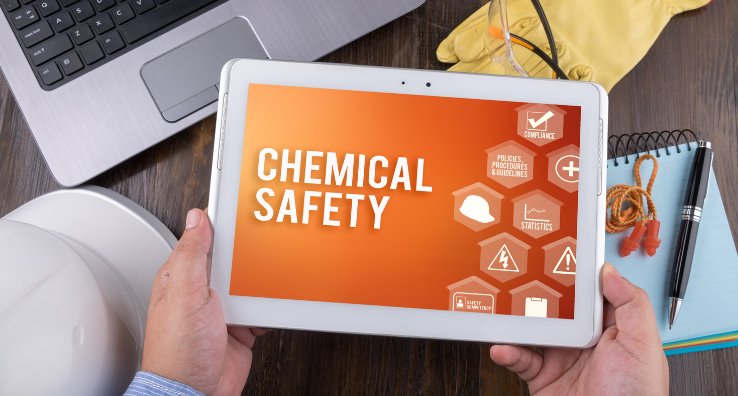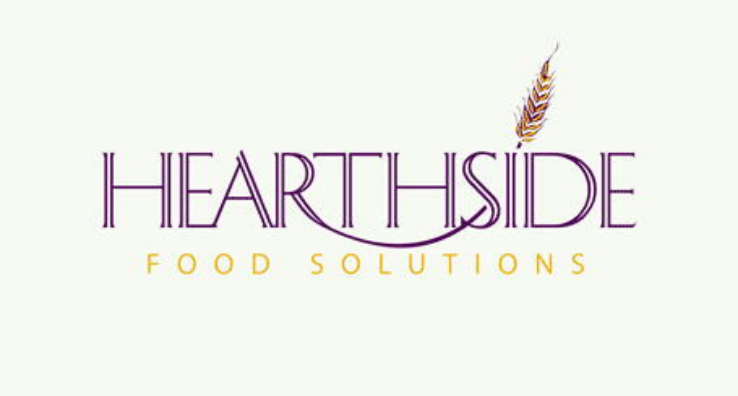Solidify Your Hazardous Chemical Safety Plans

Chemicals remain one of the most common and dangerous elements in manufacturing sites. And they’re one of the most common sources of injuries and OSHA safety violations. Whether they’re household cleaning products or toxic metals, manufacturers must implement and follow strict measures to ensure the safety of their workers.
Safety measures include, for example, labeling containers and keeping safety data sheets (SDS) updated and available, and providing employee training – all of which are specified in OSHA’s Hazard Communication Standard 1910.1200(e).
Our training expert and industry analyst Holly Mockus recently wrote about chemical safety and the importance of training in OH&S Magazine. In the article, “Taking the Hazard Out of Hazardous Chemicals,” she breaks down the basics of proper labeling and SDS as defined by OSHA’s 16-section format.
The content for the SDS should include details on the proper disposal, transportation, and ecological impact of chemicals used by a manufacturer. Some safety managers might be comfortable with the SDS format while others might need help.
Companies that are uncomfortable with SDS and broader chemical safety can also seek outside help, which Holly details in the article. Outside parties, like Intertek Alchemy, can lend a hand with SDS and chemical safety training with high-quality and customizable courses, providing flexible delivery methods, and automated documentation to keep track of employee participation and comprehension.
Our training includes key concepts like:
- Teaching that chemicals used at work can be more concentrated and pose greater risks than chemicals used at home, which is why they require more detailed information beyond the label.
- Introduce employees to SDS and where they can be found.
- Presenting the standard sections of every SDS, teaching the uniform format will enable workers to use SDS correctly.
- Emphasizing key sections on hazard identification and proper use.
- Demonstrating the nine universal hazard symbols of the Globally Harmonized System of Classification and Labeling of Chemicals (GHS).
- Teaching employees how to protect themselves with the right PPE worn properly.
This information, including an overview of what to look for in a training partner, can be found in Holly’s article Taking the Hazard Out of Hazardous Chemicals. You can also contact us with questions or for additional information on our chemical safety programs.





